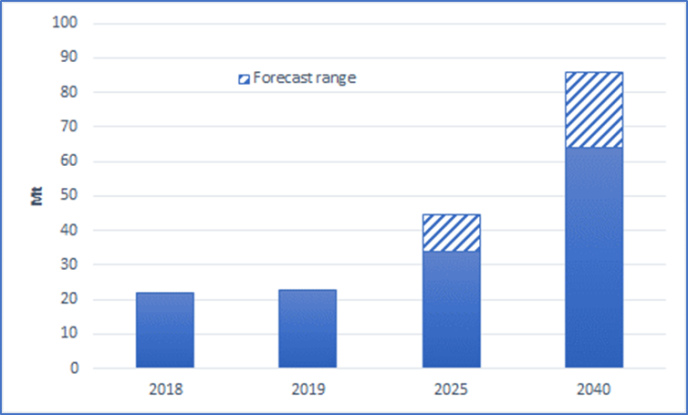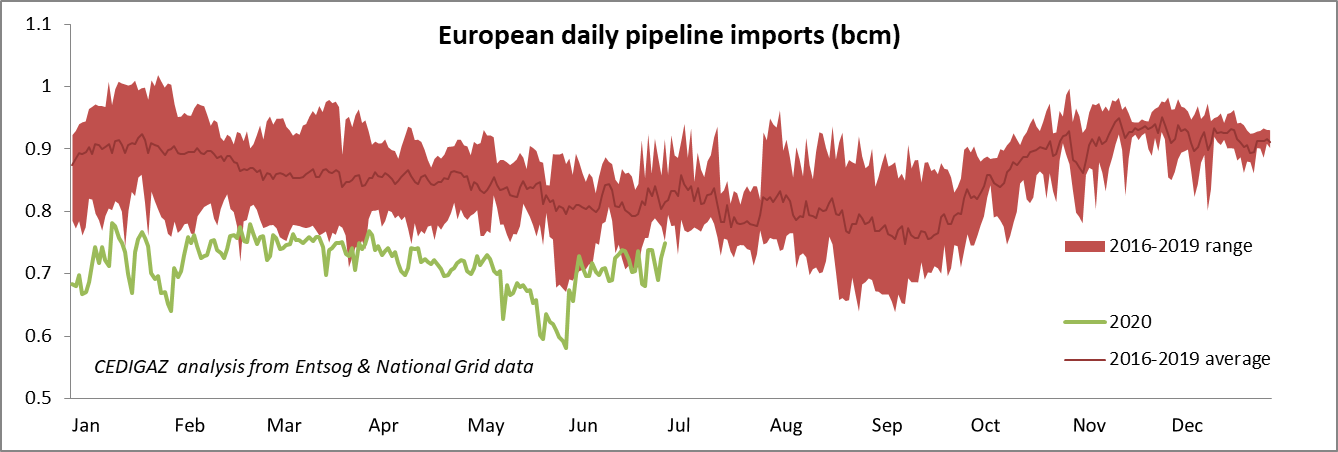India aims to raise the share of natural gas in the energy mix from 6.5% currently to 15% in 2030. This would lead to a huge growth in LNG imports. But India is one of the most sensitive price markets and needs infrastructure development for natural gas to fulfil its development potential. To address these challenges energy majors are moving downstream to get closer to the final users. COVID-19 has introduced an additional uncertainty to natural gas demand growth but the Indian gas market fundamentals remain robust.
The Indian natural gas market presents a substantial growth perspective. The Indian Government is actively promoting natural gas to diversify its energy mix towards cleaner fuels, reduce oil dependency and tackle air pollution in big cities. The aim is to move towards a gas-based economy and raise the share of natural gas in the energy mix to 15% by 2030 from around 6.5% now. Over the past two years, there has been growing attention on rapidly building out gas infrastructure, including inter- and intra-state pipelines, LNG import terminals, city gas distribution networks to cover over 70% of the population, and CNG/LNG stations across the country. Domestic and foreign investments in the natural sector are likely to amount to $60 billion over the next five years.
Outlook for Indian LNG imports

Source: CEDIGAZ, IEA WEO2019

